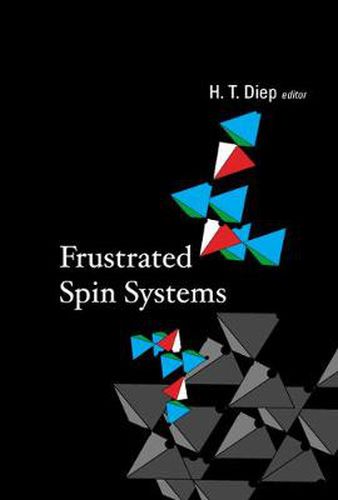Readings Newsletter
Become a Readings Member to make your shopping experience even easier.
Sign in or sign up for free!
You’re not far away from qualifying for FREE standard shipping within Australia
You’ve qualified for FREE standard shipping within Australia
The cart is loading…






Frustrated spin systems have been first investigated five decades ago. Well-known examples include the Ising model on the antiferromagnetic triangular lattice studied by G H Wannier in 1950 and the Heisenberg helical structure discovered independently by A Yoshimori, J Villain and T A Kaplan in 1959. However, many properties of frustrated systems are still not well understood at present. Recent studies reveal that established theories, numerical simulations as well as experimental techniques have encountered many difficulties in dealing with frustrated systems. This volume highlights the latest theoretical, numerical and experimental developments in the field. The book is intended for post-graduate students as well as researchers in statistical physics, magnetism, materials science and various domains where real systems can be described with the spin language. Explicit demonstrations of formulae and full arguments leading to important results are given.
$9.00 standard shipping within Australia
FREE standard shipping within Australia for orders over $100.00
Express & International shipping calculated at checkout
Frustrated spin systems have been first investigated five decades ago. Well-known examples include the Ising model on the antiferromagnetic triangular lattice studied by G H Wannier in 1950 and the Heisenberg helical structure discovered independently by A Yoshimori, J Villain and T A Kaplan in 1959. However, many properties of frustrated systems are still not well understood at present. Recent studies reveal that established theories, numerical simulations as well as experimental techniques have encountered many difficulties in dealing with frustrated systems. This volume highlights the latest theoretical, numerical and experimental developments in the field. The book is intended for post-graduate students as well as researchers in statistical physics, magnetism, materials science and various domains where real systems can be described with the spin language. Explicit demonstrations of formulae and full arguments leading to important results are given.